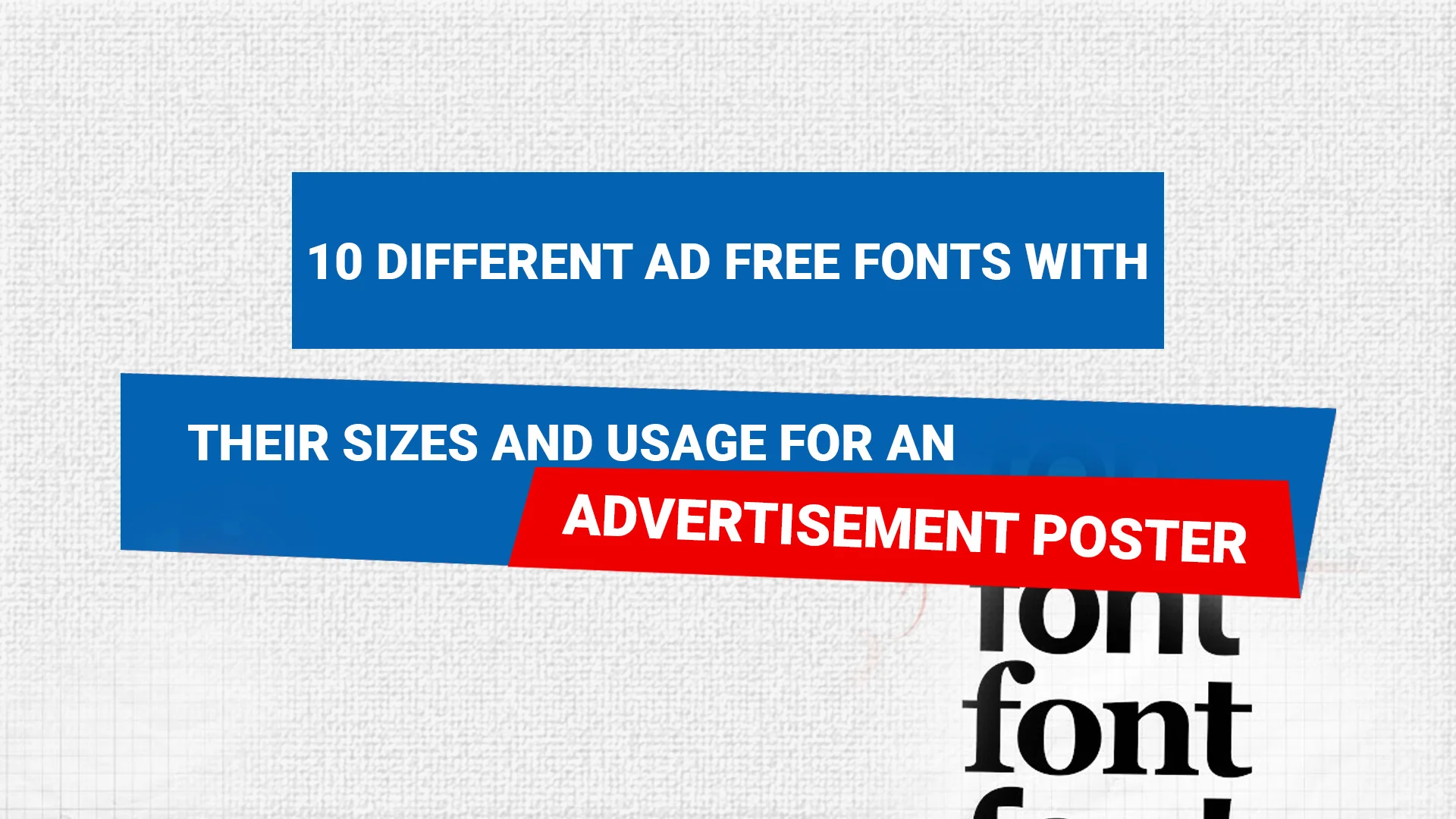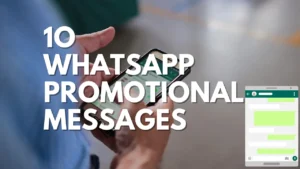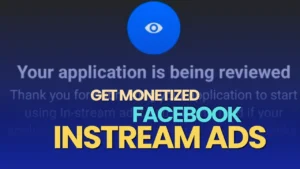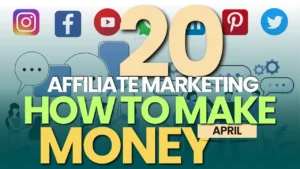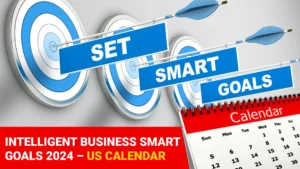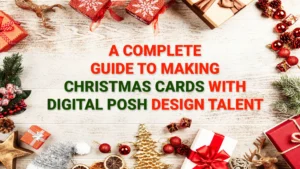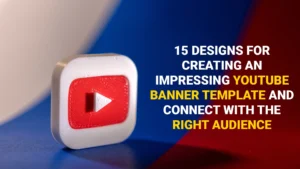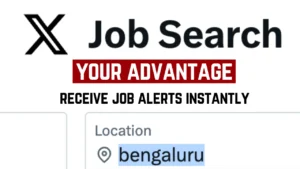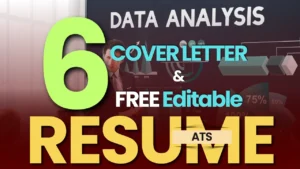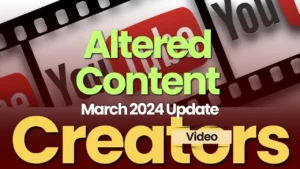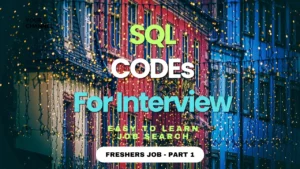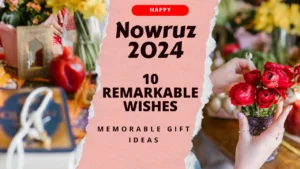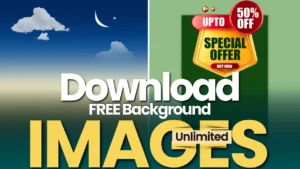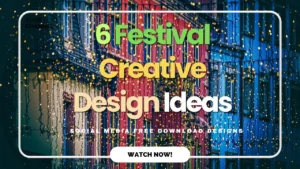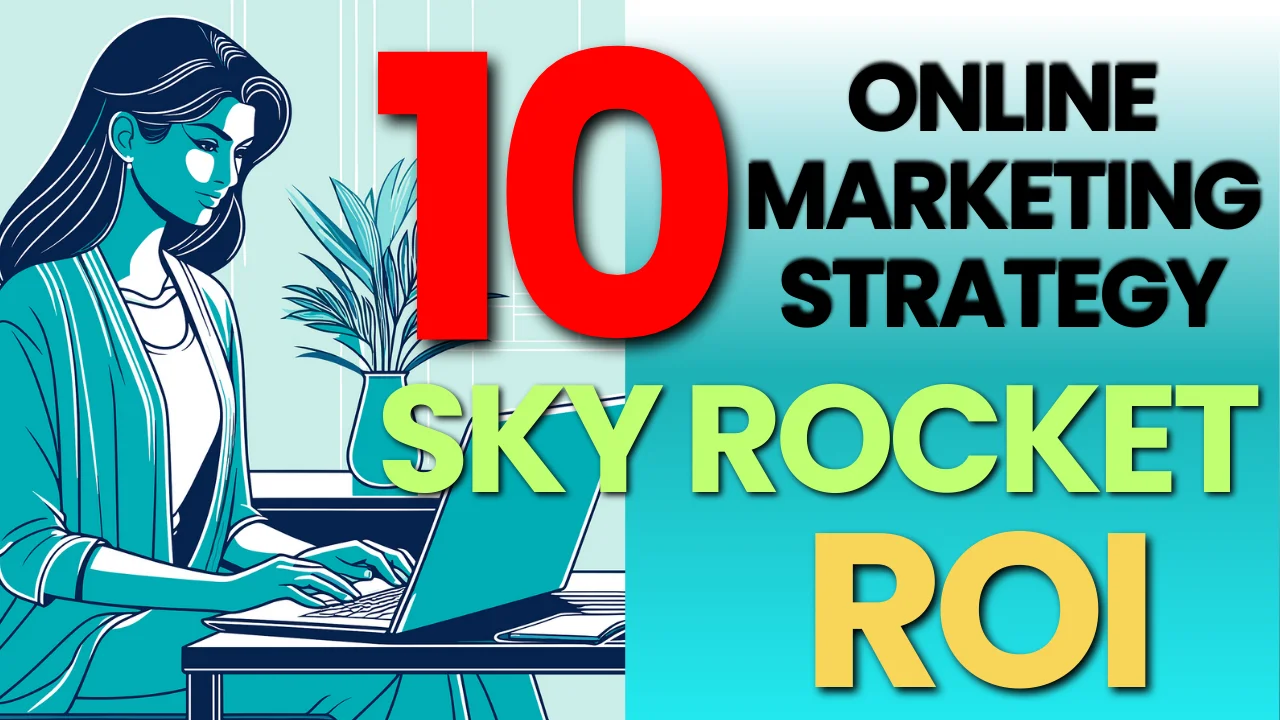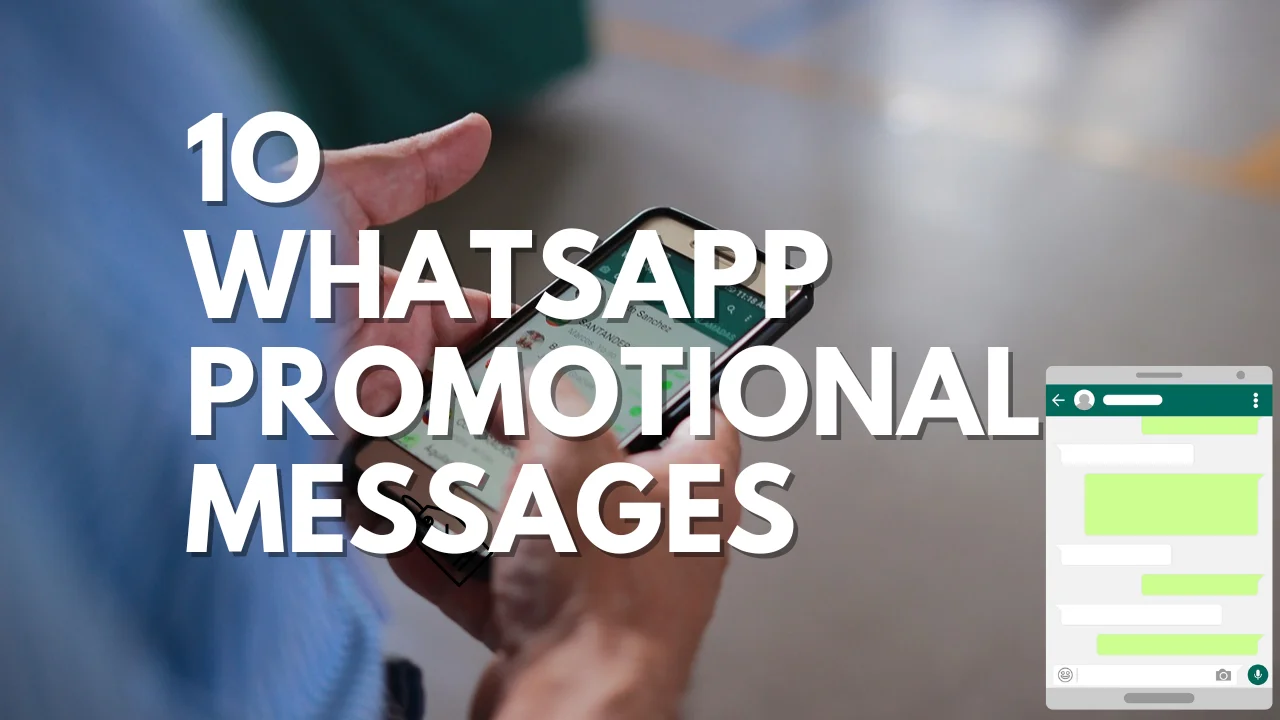The best 10 different ad-free fonts with their usages for an advertisement poster
Create an Easy Advertisement Layout
Museo
- Font Size for Title: 36pt
- Font Size for Description: 18pt
- Usage: Headlines and Titles
- Use Cases/Scenarios: Bold and impactful headlines, poster titles
- Color Theme: Vibrant and Bold Colors
Poppins
- Font Size for Title: 32pt
- Font Size for Description: 16pt
- Usage: Modern and Versatile
- Use Cases/Scenarios: Clean and modern designs, product promotion
- Color Theme: Neutral and Pastels
Roboto
- Font Size for Title: 30pt
- Font Size for Description: 14pt
- Usage: General Purpose
- Use Cases/Scenarios: Standard and versatile, suitable for various
- Color Theme: Classic and Professional
Open Sans
- Font Size for Title: 34pt
- Font Size for Description: 16pt
- Usage: Readability
- Use Cases/Scenarios: Clear and easy-to-read text, body paragraphs
- Color Theme: Soft and Subtle
Inter
- Font Size for Title: 28pt
- Font Size for Description: 14pt
- Usage: Tech and Corporate
- Use Cases/Scenarios: Technology-focused posters, corporate events
- Color Theme: Blue and Gray
Rubik
- Font Size for Title: 38pt
- Font Size for Description: 20pt
- Usage: Creative
- Use Cases/Scenarios: Artsy and creative designs, artistic posters
- Color Theme: Bold and Contrasting
Montserrat
- Font Size for Title: 40pt
- Font Size for Description: 18pt
- Usage: Elegant and Stylish
- Use Cases/Scenarios: Luxury products, high-end events
- Color Theme: Black and Gold
Lato
- Font Size for Title: 32pt
- Font Size for Description: 16pt
- Usage: Contemporary
- Use Cases/Scenarios: Clean and contemporary designs
- Color Theme: Neutral and Bold
Playfair Display
- Font Size for Title: 42pt
- Font Size for Description: 22pt
- Usage: Sophisticated
- Use Cases/Scenarios: Formal events, upscale products
- Color Theme: Dark and Elegant
Nunito
- Font Size for Title: 36pt
- Font Size for Description: 18pt
- Usage: Friendly and Warm
- Use Cases/Scenarios: Invitations, community events
- Color Theme: Warm and Inviting
Here are important points to remember for a “fresher graphic designer” based on the font suggestions for an advertisement poster:
1. Hierarchy is Key
Titles and descriptions should have different font sizes to help you create a clear hierarchy in your design. This directs the attention of the spectator and enhances the poster’s visual appeal.
2. Consistency Matters:
Make sure the poster’s font selections are consistent. Use only the Google fonts that have been chosen to create a unified and polished appearance.
3. Readability is a Priority:
Make sure it’s easy to read the fonts you’ve selected. To strike the ideal mix between readability and style, play around with font sizes and spacing.
4. Understand the Brand and Message:
Fit the font selections into the tone of the advertisement and the brand. Select fonts that are appropriate for the content as different fonts convey different feelings.
5. Play with Contrast:
Consider carefully how to contrast the fonts in the title and description. This highlights the most crucial information while also adding visual interest.
6. Consider the Color Palette:
When designing, consider the suggested color schemes. For a cohesive and professional look, the fonts used on the poster should match the poster’s overall color scheme.
7. Test on Different Devices:
Verify that fonts display properly on a range of screens by testing your design on multiple devices. This is essential to preserving a unified look and feel.
8. Whitespace is Your Friend:
Accept whitespace to keep your design uncluttered. Avoid packing too much text on the poster and allow your fonts to have some breathing room.
9. Think About the Audience:
Consider the target audience when selecting fonts. Different demographics may respond better to specific styles, so tailor your choices accordingly.
10. Ask for Comments:
Never be afraid to ask mentors or peers for feedback. New opinions can help you improve your design and offer insightful information.
11. Learn Typography Basics:
Spend some time learning the fundamentals of typography. You can greatly improve your design skills by learning about ideas like kerning, leading, and font pairings.
12. Stay Updated:
Keep an eye out for new updates and trends in design. Understanding modern design techniques will help you maintain your relevance and advance your abilities.
Final Words
To succeed in graphic design, never forget that experimentation and practice are essential. Try new things without fear, and see every project as a chance to improve your abilities.
Next Article to Read
- Revealed: YouTube Earnings Per View in 2026 Explained
- Root Cause and Action Plan for a Vegetarian Restaurant Startup in 2026
- Top 10 Online Marketing Strategies to Skyrocket Your ROI
- 10 Whatsapp promotional messages to help you promote the sale of your products
- Get Monetized Potential of Facebook Instream Ads: Eligibility, Content Policies, and Earning Possibilities
- 20 Best Affiliate Marketing Programs for April and How to Make Money
- Learn 5 importance of branding services for professional businesses, e-commerce products, and industrial services
- Intelligent Business Smart Goals: US Calendar 2024
- A Complete Guide to Making Christmas Cards: Design Talents
- Customized 15 YouTube Banner Designs to Reach the Right Audience
People also read this
- Revealed: YouTube Earnings Per View in 2026 Explained
- Just Imagine the Conversation – A Day of Unexpected Talks
- How to use Twitter job search to your advantage and receive job alerts instantly
- Data Analyst Job | Download 6 Cover letter formats and ATS-optimized resumes for various Industries
- YouTube Creators Video: Altered Content Update 2024
- Learn the advanced SQL techniques for data analysis and perform with 100% confidence – Experienced
- Learn these SQL codes before the interview and perform with 100% confidence – Freshers
- Nowruz Treasures: 10 Remarkable Gift Ideas and 6 Sentimental Wishes for the New Year 2024
- Download Beautiful Free Background Images
- 6 festival creative design ideas for social media
